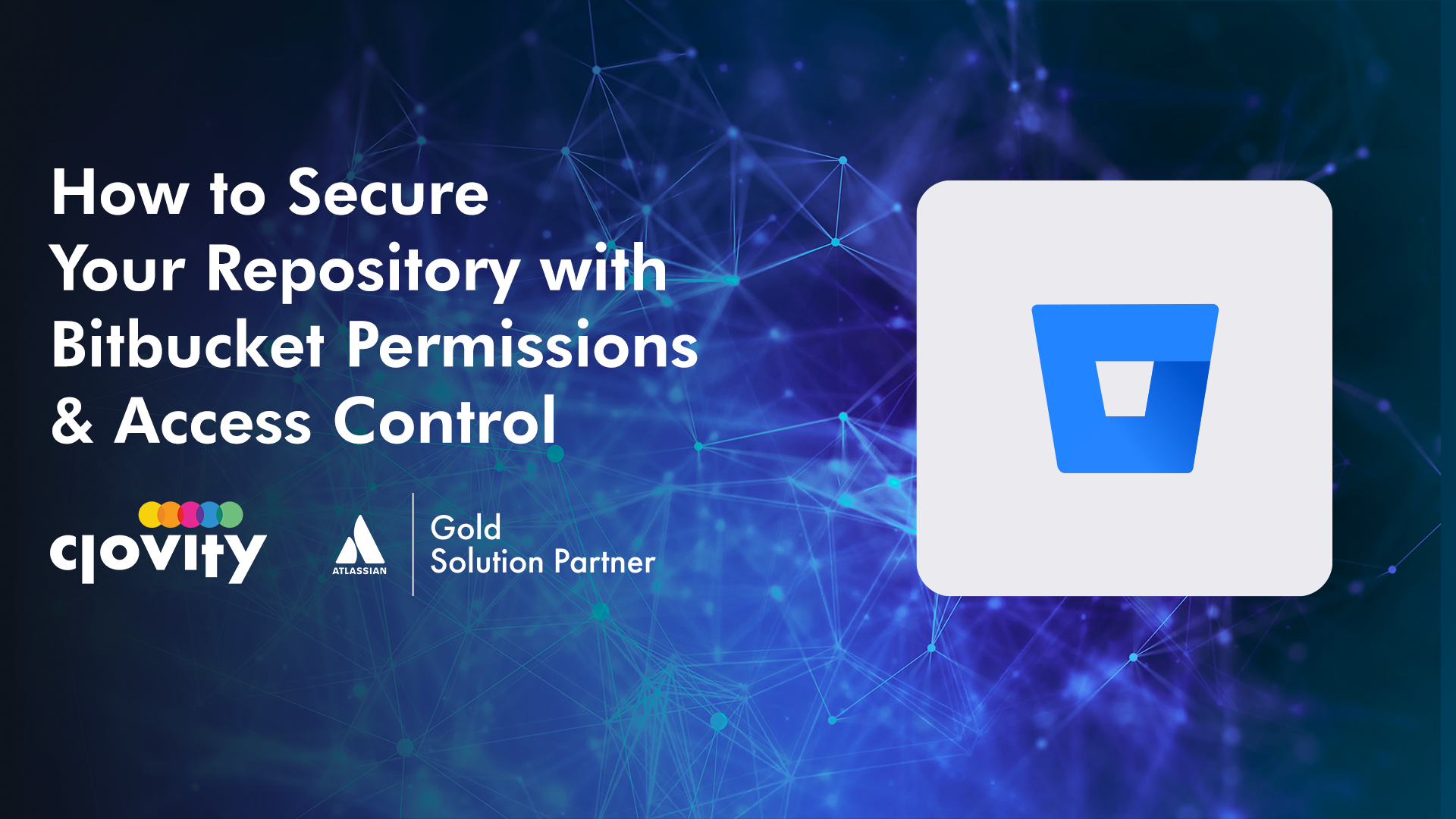Securing your code repository is critical to protecting intellectual property and maintaining a strong security posture. Bitbucket, Atlassianās Git-based source code management tool, provides robust permission and access control settings to help teams secure their projects without sacrificing collaboration.
In this blog, weāll cover the key features of Bitbucket permissions and access control, best practices to follow, and how to effectively manage repository security for your development team.
Understanding Bitbucket Permissions
Bitbucket permissions allow you to control access at different levels, including workspace, project, and repository. Itās essential to configure permissions correctly to ensure that sensitive data remains protected while allowing your team to work efficiently.
1. Workspace Permissions
Workspace permissions control access to all repositories within a workspace. These settings are ideal for organizations with multiple projects where uniform permissions are required. Users can be granted the following roles:
- Admin: Full access to manage workspace settings and permissions.
- Member: Access to projects and repositories but without admin privileges.
- Guest: Limited access, typically view-only, for external collaborators.
2. Project Permissions
Projects in Bitbucket group related repositories, and permissions at this level help maintain consistency across multiple repositories within a project. You can assign roles such as Admin, Write, and Read, allowing you to easily manage large development environments.
3. Repository Permissions
Permissions at the repository level provide granular control over who can read, write, or administer a specific repository. Common roles include:
- Admin: Full control over repository settings and permissions.
- Write: Permission to push and merge changes.
- Read: View-only access to the codebase.
Best Practices for Managing Access Control
To secure your Bitbucket repository effectively, follow these best practices:
- Follow the Principle of Least Privilege: Grant users the minimum level of access necessary for their role.
- Regularly Review Permissions: Conduct routine audits to ensure that access levels are still appropriate.
- Use Branch Permissions: Restrict who can push or merge changes to critical branches like main or master.
- Enable Two-Factor Authentication (2FA): Add an extra layer of security to user accounts.
- Integrate with SSO: Simplify user management by integrating Bitbucket with Single Sign-On (SSO) solutions.
- Monitor Repository Activity: Use Bitbucketās audit logs to keep track of changes to permissions and user activity.
Enforcing Security Policies with Bitbucket
Bitbucket offers built-in security policies to help ensure your repository remains protected:
- Branch Protection Rules: Prevent unauthorized changes to critical branches by enforcing policies like required pull requests.
- Merge Checks: Set conditions that must be met before a branch can be merged, such as successful builds or code reviews.
- User and Group Management: Assign permissions based on team roles to maintain consistency.
Auditing and Monitoring Access
Regular monitoring is crucial to maintaining security in your Bitbucket environment. Bitbucket provides audit logs that record changes to user access and permissions. Set up notifications for any changes to critical settings to quickly identify potential security issues.
Real-Life Example: Managing Permissions in a Large Team
Imagine a development team working on a government project with strict security standards. The team follows these practices to maintain a secure repository:
- Assigns Admin roles only to senior developers and team leads.
- Enforces branch permissions to prevent direct pushes to the main branch.
- Regularly audits access logs to detect unauthorized changes.
- Uses 2FA and SSO integration to enhance authentication security.
By implementing these practices, the team ensures that the project remains secure while still allowing developers to collaborate efficiently.
Securing your Bitbucket repository is a fundamental step in safeguarding your code and maintaining compliance with security policies. By properly configuring permissions, enforcing security rules, and regularly auditing your settings, you can create a secure development environment that supports collaboration without risking data exposure.
š§ Contact us at sales@clovity.com or visit š atlassian.clovity.com to get started today.


